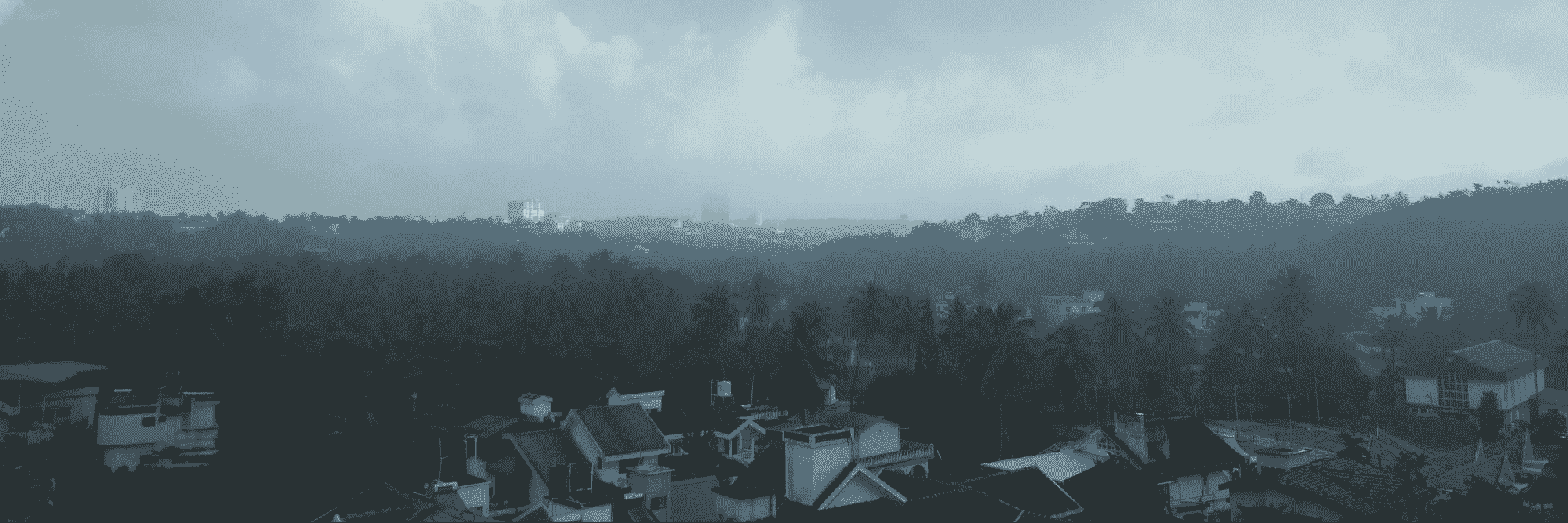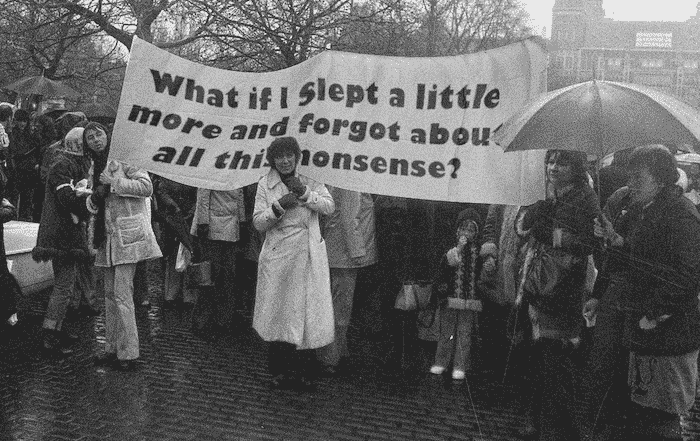The Silent Scourge
September 22, 2020
I was feeling quite silly in the first few months of Quarantine, can you tell? What a strange and sleepy time.
Our cities are fighting with what is, now, clearly a disconcerting problem. It seems to be something so new that even after many months, countries across the globe are still grappling trying to understand it. The number of people affected is rising as we speak and there has been very little headway in finding a cure for this strange, new disease. Where did it come from? What do we do about it? And most importantly, will the world learn to adjust to it now that it’s here to stay? We cannot answer these questions by ourselves, and so we’ve taken the trouble to analyze the situation as it exists, if we may sink to using TV-speak, on ground-zero. 
Over these houses hangs an air of guilt, sickness, lethargy and an above all, inexertion. It’s inhabitants display all the symptoms of this new illness, some of them fighting against it while others have not been as strong and have had to surrender to it long ago.
Under these roofs, in the middle of the afternoon, are people napping.
In the infant days of the pandemic when a good part of the world was engaged in ‘Until-Tomorrow’s, brewing foamy coffee and 15-second choreographies, a small juvenile crowd started experimenting with uncontrolled, unprescribed afternoons naps. Such midday breaks were not unheard of, but the regularity with which they were being indulged in was worrying. Isolated cases began to be reported in housing societies in Bangalore and were quickly reported by Resident Welfare Associations to the concerned authorities.
Since the very first days, ‘the nap’ has been attended to with reverence and awe. People have been taken in by it to such an extent that the lack of it, after enough doses and prolonged habituation, has the ability to drive victims almost mad. Day after day, people have been reported waking up at a quarter past six in the evening with haggard hair, dry mouths and move with the grace of semi-conscious, tranquillized trolls. This has been called, by conservative outfits, their mark of Cain. What first began as harmless afternoon breaks have turned into a dangerous addiction, with those who have returned to work unable to function without them.
I used to be a happy fellow before…but now I can’t get through the day without having two-or-three good ones. I feel like its the only interesting thing I do. It’s really tearing my family apart”, said a home-science teacher, asking to remain anonymous. His wife is an anti-napper.
Obscure sects, rumoured to be funded by mattress companies, have also started strengthening their hold on such vulnerable nappers. Organizations like The Cult of the Siesta have opened hundreds of small nap dens around our own country replete with fluffy cushions, springy mattresses, fine-tuned ceiling fans and, in some of the more serious ones, extra soft blankets. The political discourse over this rising menace has been unexpectedly unanimous, with a resounding outcry from both the Conservative and Liberal sides denouncing such unjustifiably unproductive practices. The napping community, however, is not taking this lightly and has actively tried conducting protests demanding their rights.
These have been only sparsely successful since they were organized in the afternoon.
Thankfully, the government isn’t as ill-prepared. “You sleep only for 3.30 hours, how do you manage?”, asked a popular actor to a head of state in an interview promoting the new Anti-Napping Bill. The International Sleep Society, however, is taking a nuanced approach to the delicate matter and is creating a detailed report listing tips for responsible napping but has promised action against miscreants. What such action will be is the subject of ongoing debate.
Naps clearly seem to make people see the world differently. They are currently the leading reason people take sick days and the lack of them is a common cause of visits to the emergency room. How do you protect yourself from such naps? There are a few things you can try at home:
- If you see anyone in your home napping, or even preparing for one, maintain your distance. Naps are highly contagious and you might feel the lethargy before you know it.
- If you find yourself napping in excess and uncontrollably, consider acquiring a disease. Experts suggest diarrhoea, abdominal pain, hives or even rampant dental caries. This may sound uncomfortable, but they add that “They do a damn good job of keeping you awake.” The premise of this course of treatment is that the more time patients spend dealing with a slightly bigger problem, the less they’re likely to sleep. The research is sparse and sketchy, but the clinical trials have shown some promise.
- Consider Conquistador Instant Coffee.
If you see anyone around you indulging in excessive napping and encouraging others to do the same, remember to contact the Public Welfare Officers appointed by the government to keep you safe. Stay safe, stay awake. Constant vigilance.

